Zhenzhen Xiang
ViLiVO: Virtual LiDAR-Visual Odometry for an Autonomous Vehicle with a Multi-Camera System
Sep 30, 2019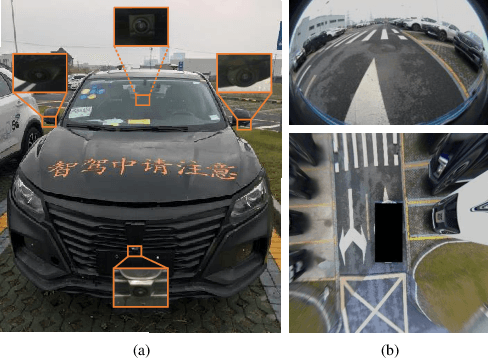
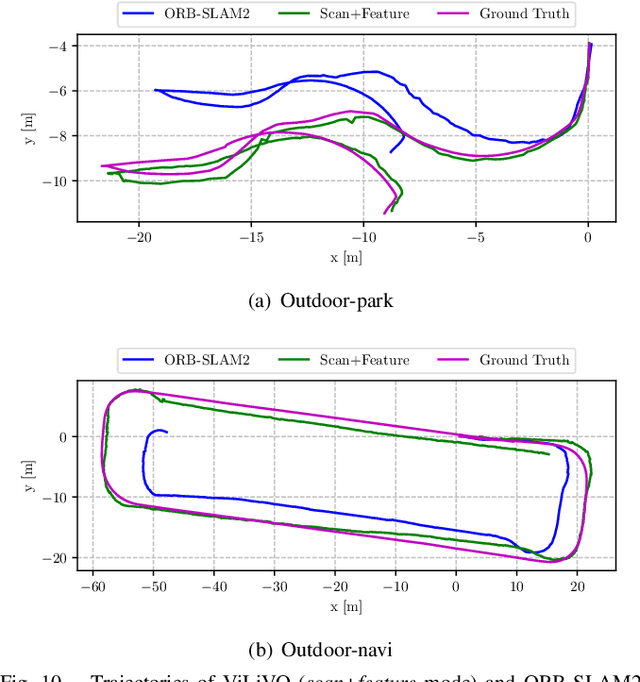
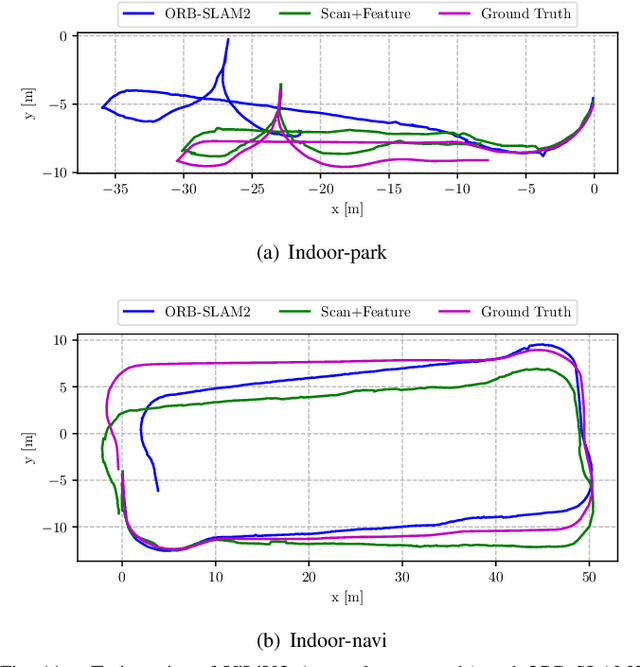
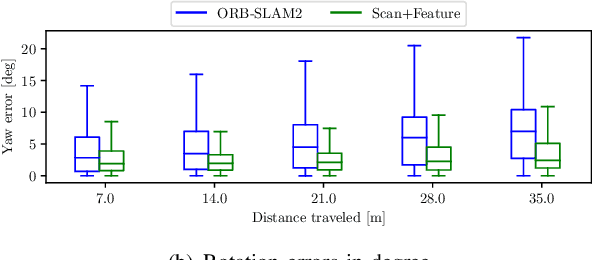
Abstract:In this paper, we present a multi-camera visual odometry (VO) system for an autonomous vehicle. Our system mainly consists of a virtual LiDAR and a pose tracker. We use a perspective transformation method to synthesize a surround-view image from undistorted fisheye camera images. With a semantic segmentation model, the free space can be extracted. The scans of the virtual LiDAR are generated by discretizing the contours of the free space. As for the pose tracker, we propose a visual odometry system fusing both the feature matching and the virtual LiDAR scan matching results. Only those feature points located in the free space area are utilized to ensure the 2D-2D matching for pose estimation. Furthermore, bundle adjustment (BA) is performed to minimize the feature points reprojection error and scan matching error. We apply our system to an autonomous vehicle equipped with four fisheye cameras. The testing scenarios include an outdoor parking lot as well as an indoor garage. Experimental results demonstrate that our system achieves a more robust and accurate performance comparing with a fisheye camera based monocular visual odometry system.
Boosting Real-Time Driving Scene Parsing with Shared Semantics
Sep 25, 2019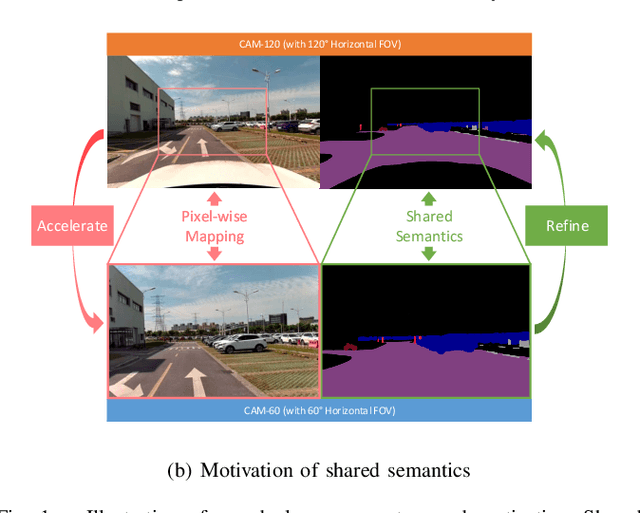
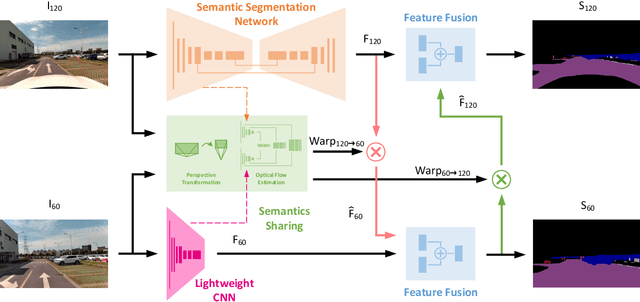
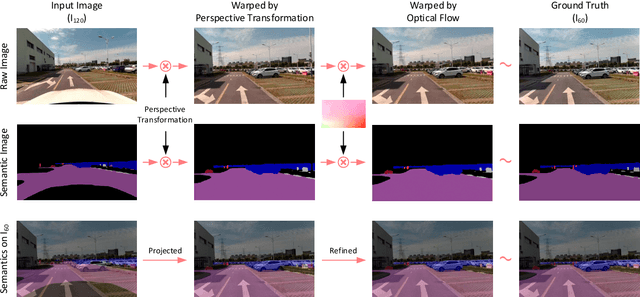
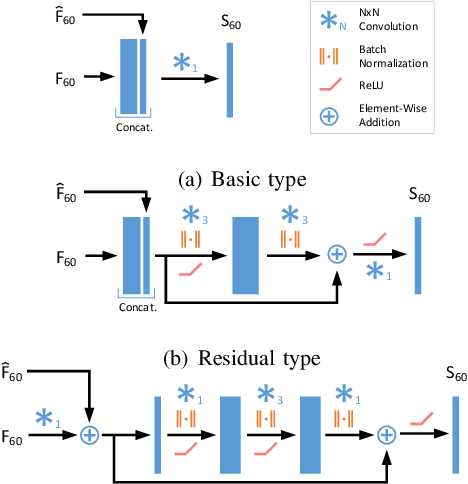
Abstract:Real-time scene parsing is a fundamental feature for autonomous driving vehicles with multiple cameras. Comparing with traditional methods which individually process the frames from each camera, in this letter we demonstrate that sharing semantics between cameras with overlapped views can boost the parsing performance. Our framework is based on a deep neural network for semantic segmentation but with two kinds of additional modules for sharing and fusing semantics. On one hand, a semantics sharing module is designed to establish the pixel-wise mapping between the input image pair. Features as well as semantics are shared by the map to reduce duplicated workload which leads to more efficient computation. On the other hand, feature fusion modules are designed to combine different modal of semantic features, which learns to leverage the information from both inputs for better results. To evaluate the effectiveness of the proposed framework, we collect a new dataset with a dual-camera vision system for driving scene parsing. Experimental results show that our network outperforms the baseline method on the parsing accuracy with comparable computations.
 Add to Chrome
Add to Chrome Add to Firefox
Add to Firefox Add to Edge
Add to Edge